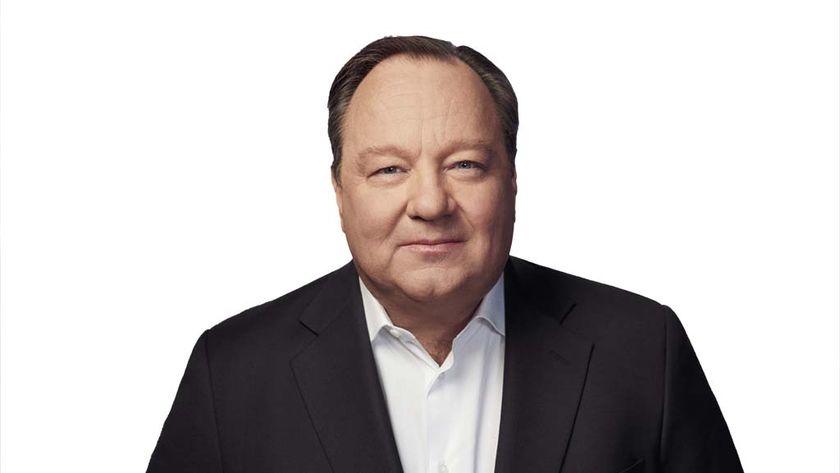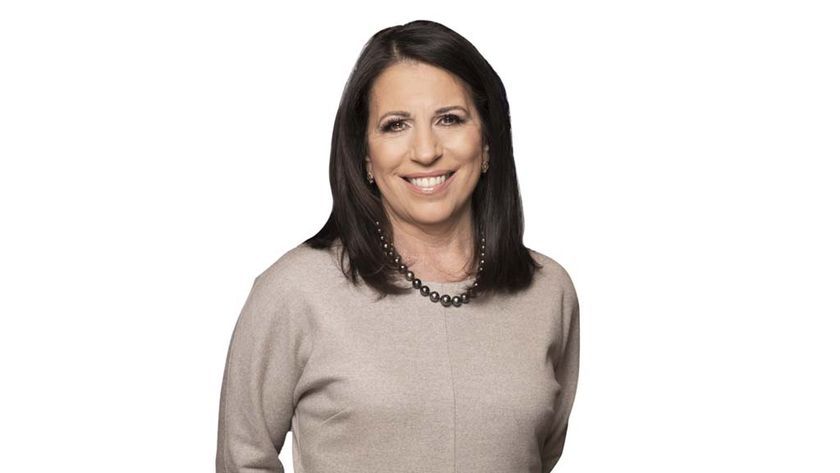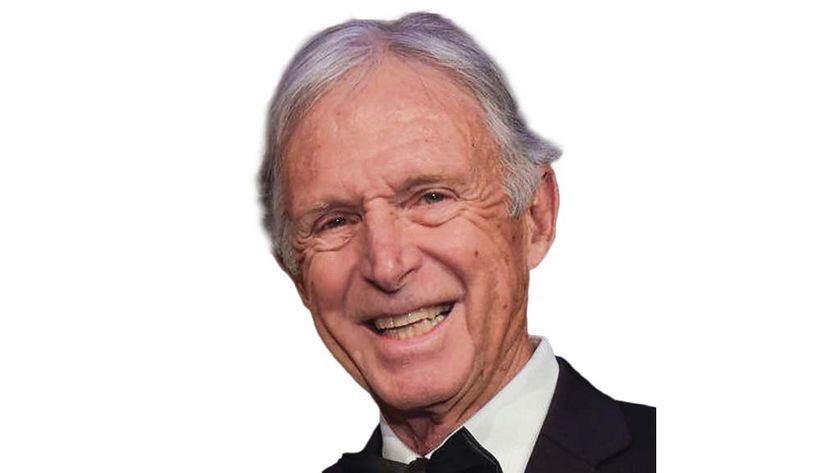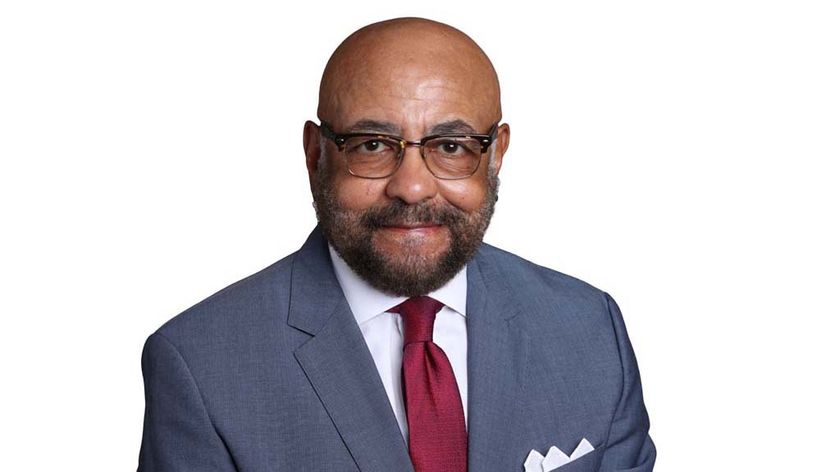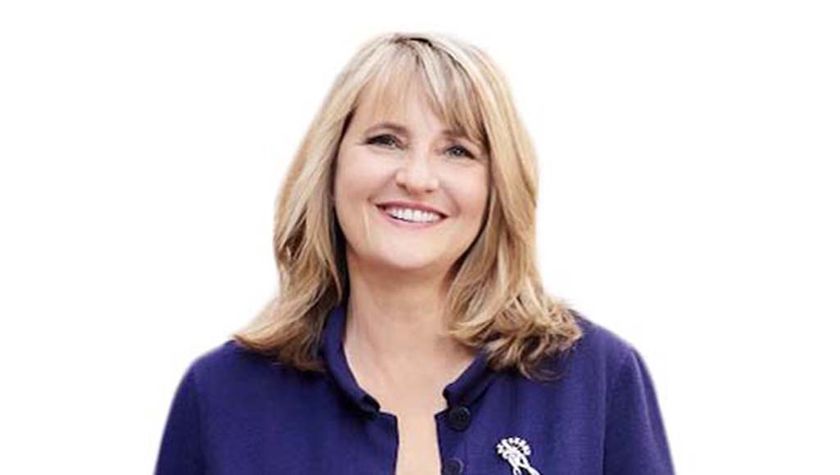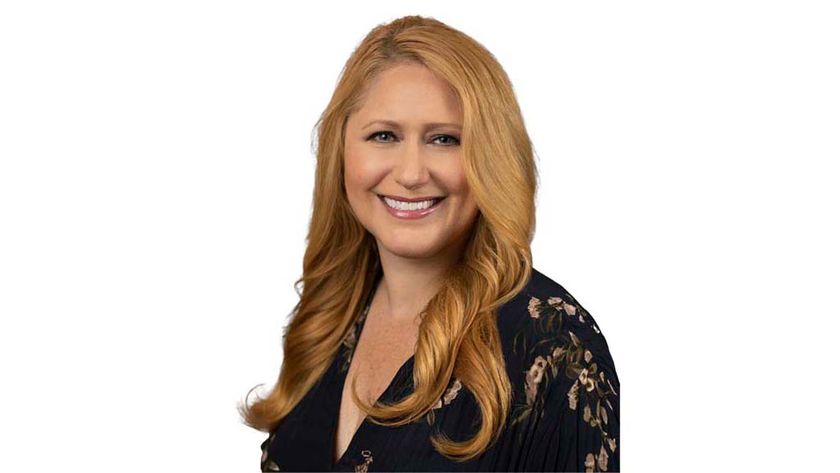Cable Pushes FCC to Recognize Power of OTT
Argues annual competition report should reflect that reality

Cable operators want the Federal Communications Commission to start looking at over-the-top video competitors as the 800-pound gorillas they appear to be rather than the plucky upstarts they once were. That view from Washington could change how traditional cable systems and cable broadband providers are allowed to operate, and NCTA-The Internet & Television Association hopes that will be the case.
In comments to the commission, the NCTA said the FCC needs to level the marketplace, ideally by not maintaining regulations on cable providers that it does not place on those OTT platforms such as Roku, Amazon Fire TV or Apple TV. Among the rules that should go, NCTA said, are those governing cable leased set-top boxes and children’s advertising.
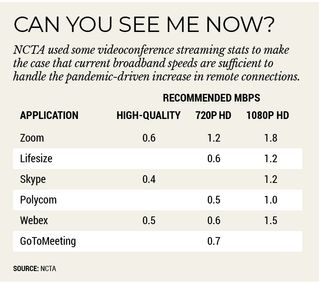
NCTA has been arguing that limiting the competitive landscape to a minority of available services would be like assessing automotive competition by only looking at high-end sports cars.
The battleground is the FCC’s request for input on its biennial report to Congress on the state of competition in the communications marketplace. Under that directive, the FCC must assess whether laws, regulations or “demonstrated marketplace practices” pose a barrier to competitive entry or the expansion of existing competition.
NCTA Pushes for Parity
In recent comments and a follow-up letter this month, NCTA made its case for some regulatory parity. It told the commission that given the unprecedented amount of content available on an array or retail devices, “it is clear that the marketplace for equipment used to access video service is fully competitive.”
If the FCC’s goal in regulating leased set-tops was because there was an anemic market for retail video access devices — and it was — NCTA argues it is essentially game over, given the rise of OTT. The FCC’s next competition report needs to recognize ”the need for regulatory parity and the shift in how consumers are accessing video programming,” NCTA said.
Multichannel Newsletter
The smarter way to stay on top of the multichannel video marketplace. Sign up below.
It points out that Roku recently said it has more accounts than all the subscriptions of the top cable operators combined (see box). Then there are devices such as Apple TV, Google’s Chromecast and Amazon’s Fire TV.
NCTA argued OTT should not get a free pass when it comes to public-service obligations. “Entities that compete in the provision of like services should not face different public-interest or customer-service obligations,” the trade group said, calling that disparity arbitrary and capricious, which if a court concluded that were the case would make that differential treatment illegal.
For example, it said, the FCC should review its children’s TV ad rules given that “none of the myriad new online video providers that target children — such as YouTube, Netflix or Amazon — are burdened by FCC restrictions on advertising. Since at least 2018, NCTA has pointed out that OTT video has displaced traditional cable and broadcast as the top source of children’s video content.
Given that, cable operators said the FCC should jettison the prohibition on including links to commercial websites in children’s programming and limits on promotional matter.
Not only are cable operators hamstrung in their competition with online video providers for children’s ad dollars, they can’t even steer them to that online video content. “Mere mention of the Apple App Store or Google Play in a promotion during children’s programming can turn that promotion into an ad under the commission’s rules,” it told the FCC in its initial comments on the report. “That means promotions directing children to the App Store to download enriching or high-quality content can fall under the restrictions.”
Defining Moment
NCTA has other bones to pick with the edge providers and computer companies. In comments on the competition report, Google Fiber and trade group INCOMPAS, whose members include Amazon and Netflix, want the FCC to restrict its definition of high-speed broadband only to symmetrical service — the same speed for uploads and downloads, and only service capable of delivering service at 1 Giagabit per second.
No surprise there, since they argue that definition would spur more deployment of fiber and that symmetrical upload and download speeds were necessary to accommodate the COVID-19 driven volume of videoconferencing, which the FCC itself uses for its monthly public meetings.
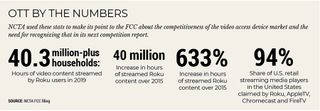
NCTA calls the computer companies’ definition of high speed a “transparent effort to game the commission’s analysis by excluding options that millions of consumers purchase.” Gigabit speeds are hardly necessary for those videoconferences, the association said, offering up statistics based on the system requirements of five different videoconferencing companies (see chart), with the highest recommended speed Zoom’s 1.8 megabits per second for 1080p HD. Every cable operator that offers internet access can support those services, NCTA said, typically offering upload speeds of at least 3 Mbps and frequently 5 Mbps.
The video marketplace has undergone a sea change, NCTA general counsel Neal Goldberg told the FCC this month. “The upcoming Communications Marketplace Report and the commission’s video regulations should reflect that,” he said.
Contributing editor John Eggerton has been an editor and/or writer on media regulation, legislation and policy for over four decades, including covering the FCC, FTC, Congress, the major media trade associations, and the federal courts. In addition to Multichannel News and Broadcasting + Cable, his work has appeared in Radio World, TV Technology, TV Fax, This Week in Consumer Electronics, Variety and the Encyclopedia Britannica.





